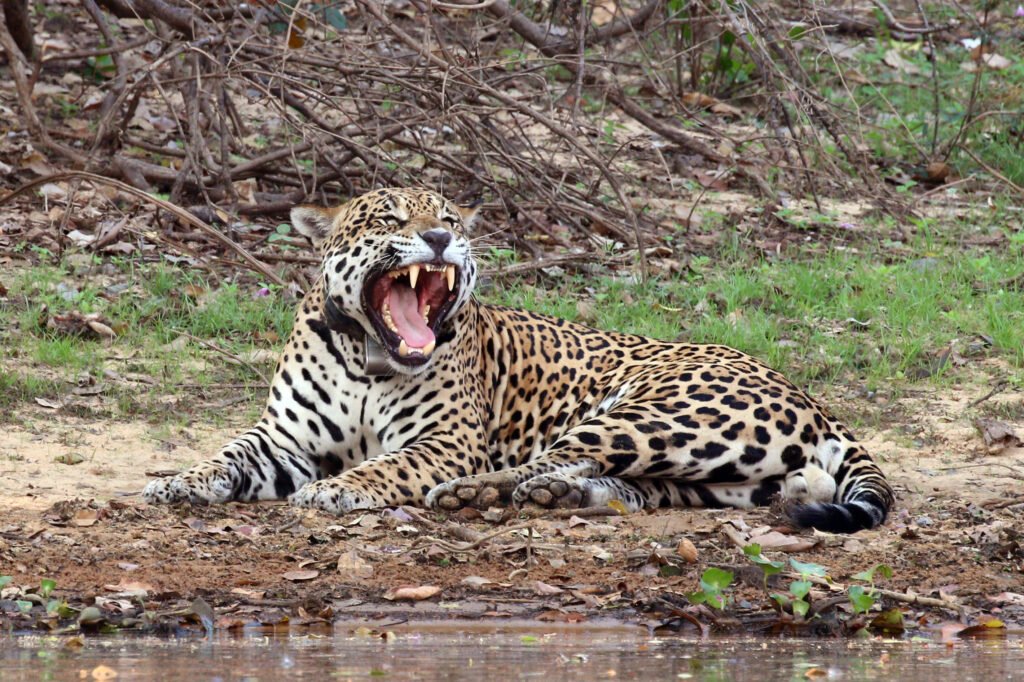Hidden in the shadows of South American rainforests prowls a predator so powerful it can literally crush skulls with its jaws. The jaguar, spotted icon of the Americas, has evolved what many consider the most devastating bite force among all big cats. Their bite force quotient demonstrates exceptional strength relative to body size. It’s higher than that of bears, hyenas, and tigers. But this crushing power didn’t happen overnight – it’s the result of millions of years of evolutionary refinement, environmental pressures, and anatomical innovations that transformed these cats into nature’s ultimate bone crushers.
The Raw Power Behind the Bite

When scientists measure the jaguar’s bite force, the numbers are truly staggering. The jaguar has the strongest bite of any big cat relative to its size. With a measurement of approximately 1,500 pounds per square inch, jaguars pack more punch per pound than any of their feline cousins. To put this in perspective, that’s roughly three times stronger than a lion’s bite, though tigers have higher absolute bite force.
What makes these figures even more remarkable is that a 100-kg jaguar can bite with a force of 503.57 kg at the canine teeth, and 705.79 kg at the carnassial notch on its fourth upper premolar and first lower molar teeth. This incredible force allows them to do something no other big cat can reliably achieve – a jaguar can bite straight through the skull of its prey, and pierce the thick skin of a caiman with ease.
Anatomical Secrets of Skull-Crushing Strength

The jaguar’s devastating bite isn’t just about raw muscle power – it’s a masterpiece of evolutionary engineering. The strength of the jaguar’s bite is due to the arrangement of its jaw muscles, which, relative to weight, are slightly stronger than those of other cats. In addition – also relative to weight – its jaws are slightly shorter, which increases the leverage for biting.
Its skull is robust with a short, broad cranium, and its jaws are extremely powerful. This species is equipped with a notably muscular build, which includes the jaw muscles, providing it a bite force capable of piercing turtle shells and crocodilian hide. The compact skull design creates more space for muscle attachment while reducing the distance between the jaw joint and the teeth, maximizing mechanical advantage.
The Unique Killing Method That Sets Jaguars Apart
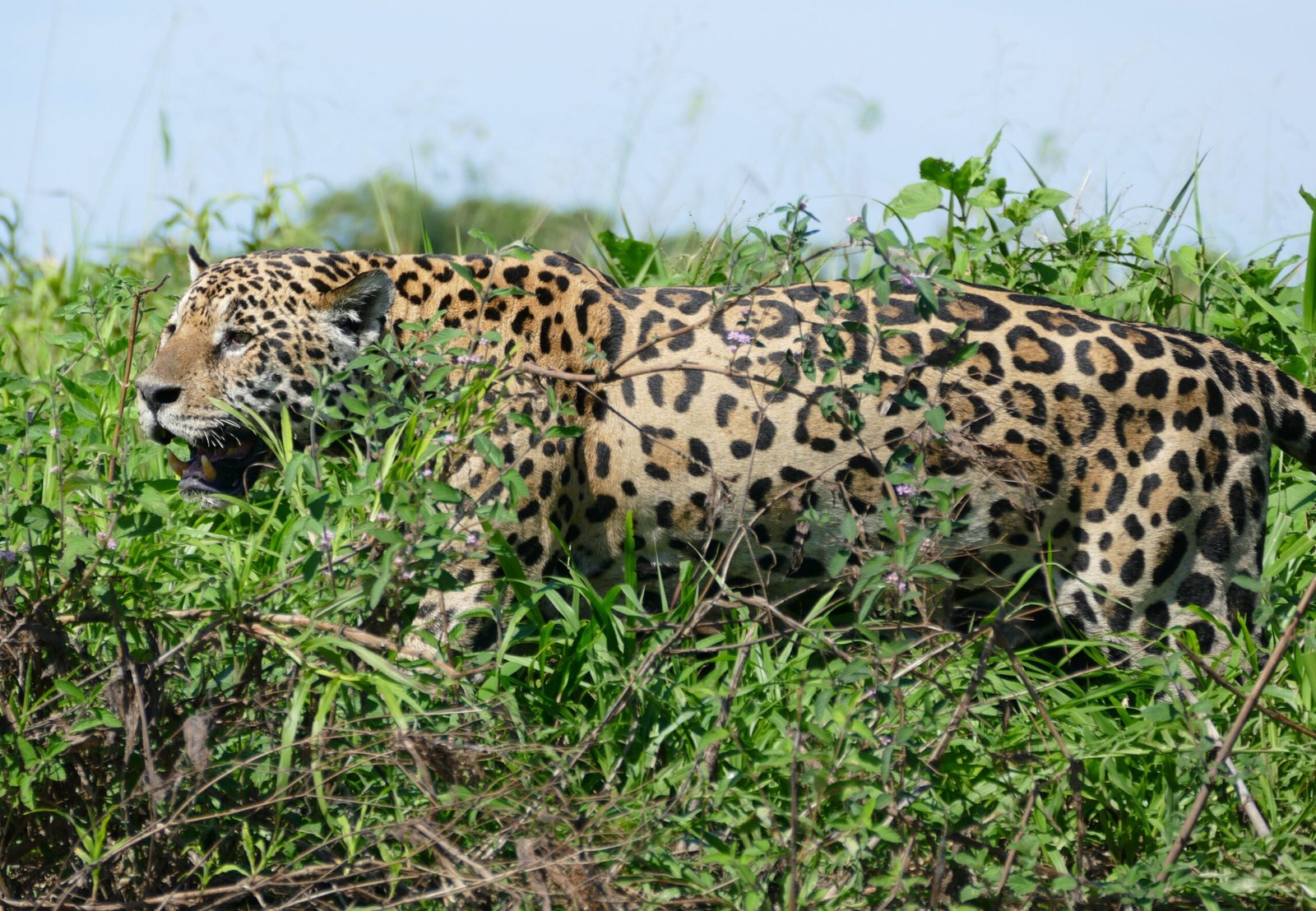
While most big cats suffocate their prey with throat bites, jaguars have evolved a radically different approach that showcases their incredible bite force. It employs an unusual killing method: it bites mammalian prey directly through the skull between the ears to deliver a fatal bite to the brain. This technique, known as the “skull bite,” is practically unheard of among other large predators.
They need powerful teeth and jaws to take down prey three to four times their own weight – usually killing it with a bite to the back of the skull rather than biting the neck or throat like other big cats. This method is incredibly efficient, allowing jaguars to dispatch dangerous prey quickly without the prolonged struggle that throat-biting requires. The precision required for this technique demonstrates not just physical power, but remarkable evolutionary adaptation.
Evolutionary Origins and Ancient Adaptations
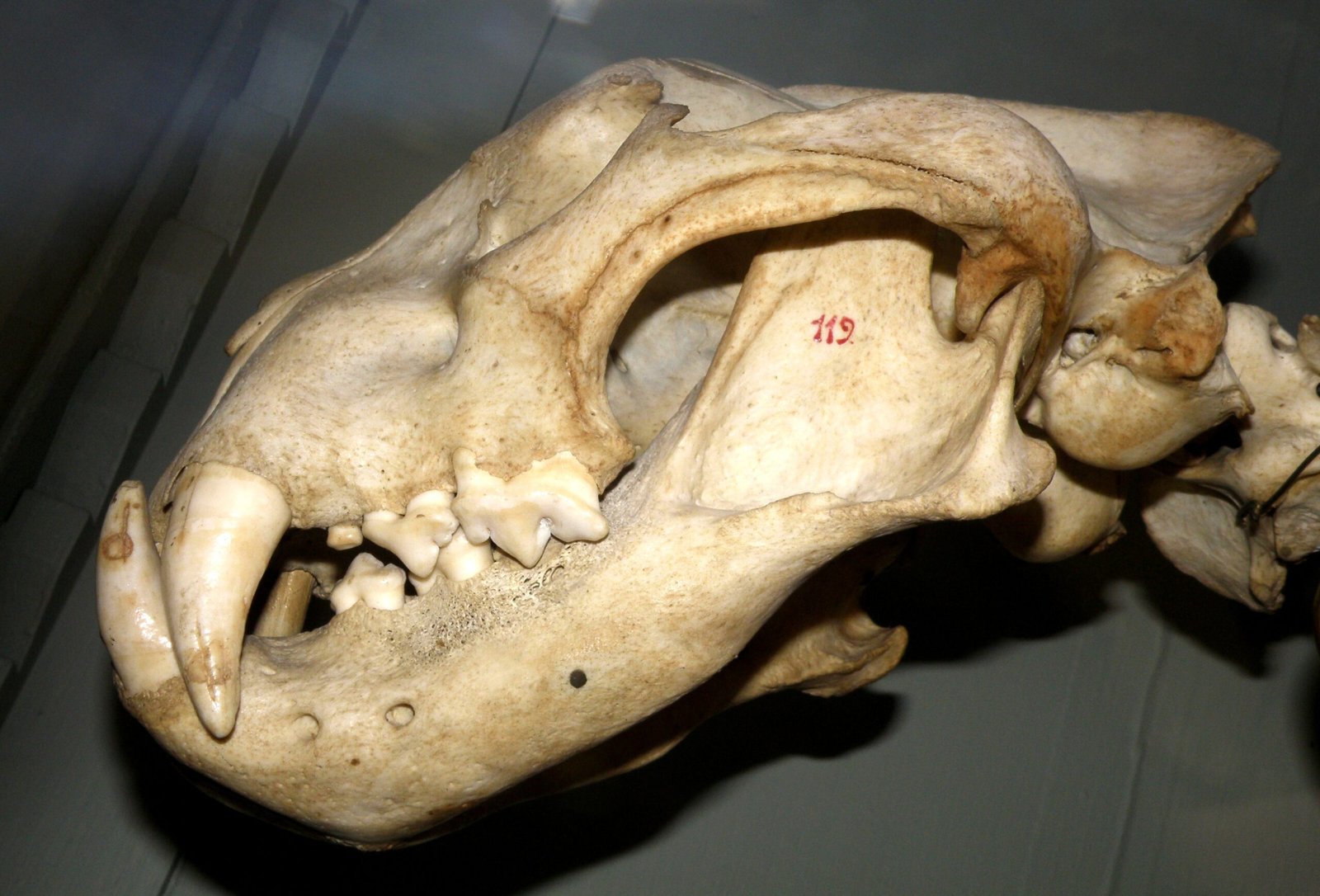
The jaguar’s powerful bite didn’t evolve in isolation – it’s the product of a long evolutionary journey that began millions of years ago. Jaguars (Panthera onca) evolved approximately 2 million years ago, descending from Asian ancestors that crossed the Bering Land Bridge into North America before eventually spreading southward. As they adapted to the diverse ecosystems of Central and South America, jaguars developed distinct hunting strategies that separated them from other big cats. Their evolutionary path diverged significantly from their cousins in Africa and Asia, leading to specialized adaptations for hunting in dense jungle environments where visibility is limited and prey is diverse.
It has been estimated that the lineage of the current species of jaguar dates back to about 280,000–510,000 years ago. Its evolutionary history developed largely in South America and three or four populations can be recognized with appreciable genetic differentiation. This relatively recent evolutionary development helps explain why jaguars have such specialized adaptations compared to their Old World relatives.
The Turtle Shell Hypothesis

One of the most fascinating theories about jaguar bite evolution centers on their relationship with armored prey. It has been hypothesized to be an adaptation to cracking open turtle shells; armored reptiles may have formed an abundant prey base for the jaguar following the late Pleistocene extinctions. This theory suggests that as large mammalian prey disappeared during mass extinction events, jaguars specialized in hunting heavily armored reptiles that other predators couldn’t handle effectively.
Jaguars’ larger head and jaws allow for more muscle attachment for a stronger bite, further complimented by thicker canine teeth. For a long time, biologists assumed that this was an adaptation to break through thicker shells or hides on reptilian prey, like turtles. This is at least partially true, since a jaguar will make a meal out of a turtle or even an armadillo, but the added bite force actually allows the cats to expand their menus well beyond slow, armored animals. Today, jaguars regularly crack open turtle shells and even take down caimans, validating this evolutionary pressure.
Comparative Advantage Over Other Big Cats
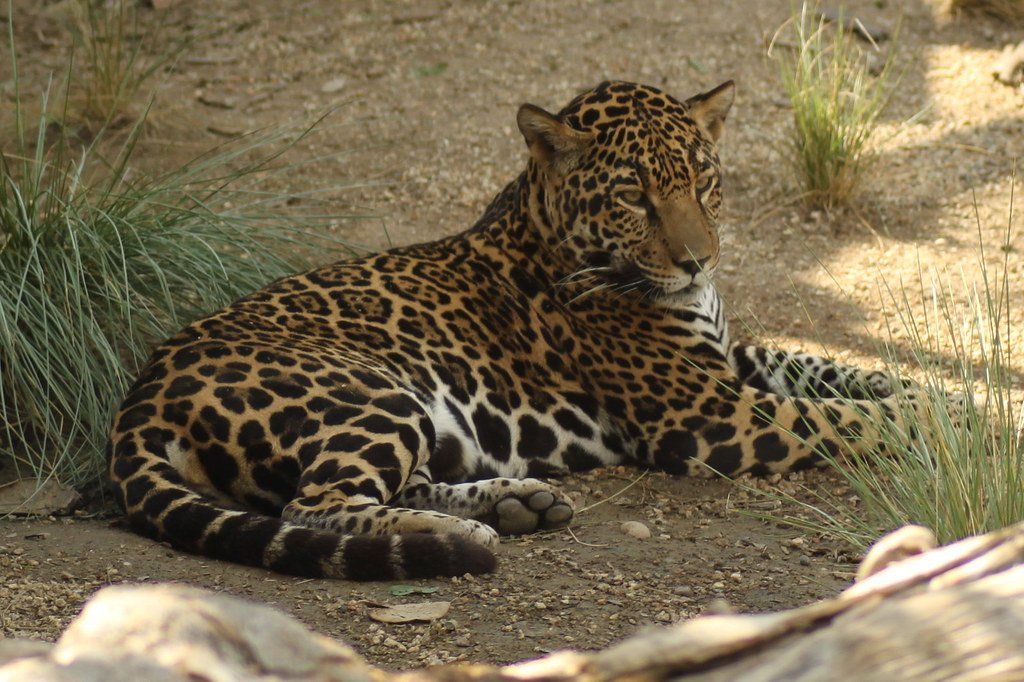
When placed side by side with other big cats, the jaguar’s bite force supremacy becomes even more impressive. Research by Adam Hartstone-Rose and colleagues at the University of South Carolina, who compared the bite forces of nine different cat species, reveals that while a jaguar’s absolute bite force is lower than a tiger’s, their bite is stronger relative to body size. However, given that jaguars are considerably smaller, relatively speaking their bite is stronger.
The comparison becomes striking when you consider that lions exert about 1,000 psi, tigers around 1,050 psi, and grizzly bears approximately 1,160 psi, while jaguars achieve 1,500 psi despite being significantly smaller than tigers and lions. This pound-for-pound superiority isn’t just impressive numbers – it translates directly into hunting capability that allows jaguars to tackle prey that would be impossible for other cats of similar size.
Muscular Architecture and Biomechanical Engineering
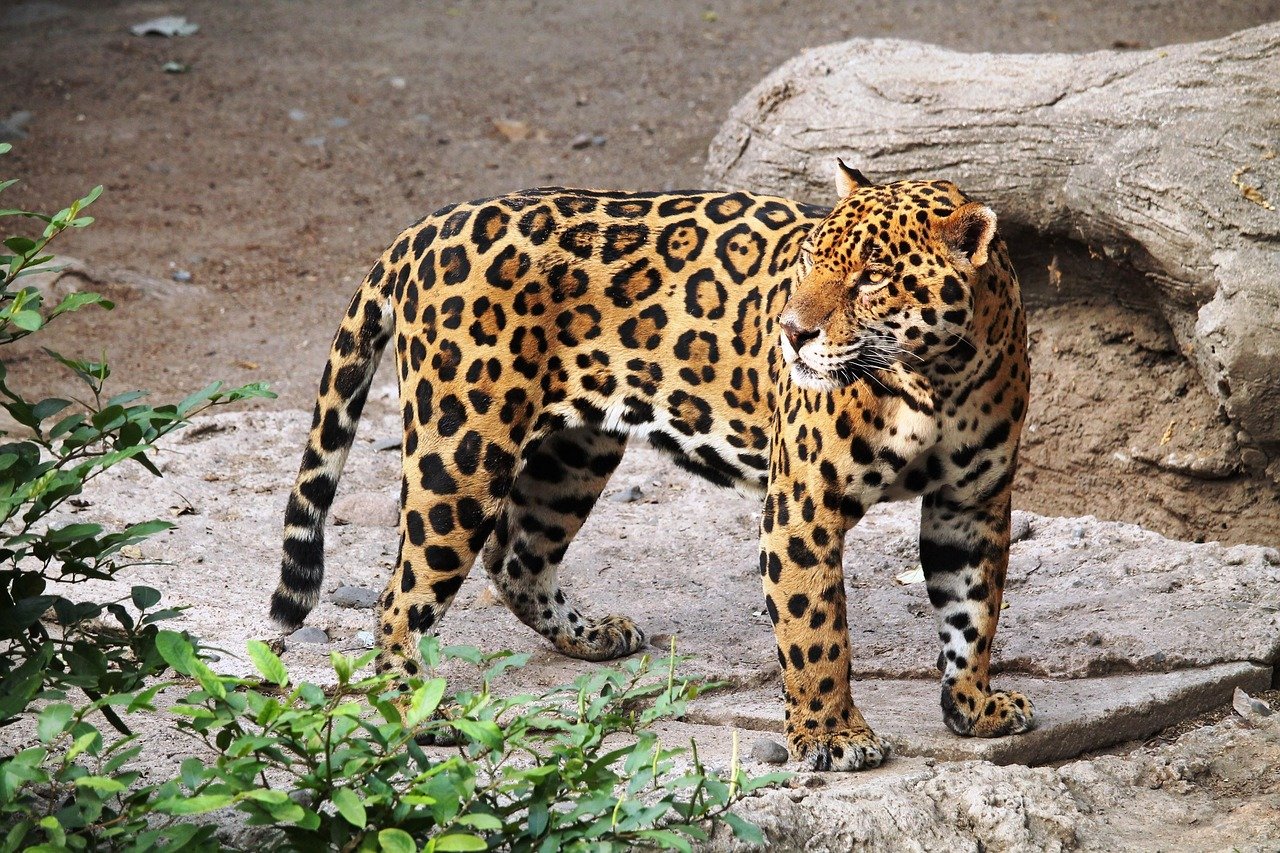
The secret to jaguar bite power lies in sophisticated muscular and skeletal adaptations that maximize force generation. Studies show that the jaguar’s skull is uniquely adapted for this kind of force, with a broad, sturdy cranium that distributes pressure evenly. This biomechanical marvel ensures that the jaguar can deliver a bite that’s both powerful and precise.
The bone structure of jaguars is robust, with a notably muscular and stocky build. Their skulls have a more rounded shape and feature large, powerful jaws, setting them apart from other big cats whose skulls tend to be elongated with different stress points for biting. Jaguars possess extremely powerful muscle groups, especially around the shoulders and neck, which are essential for ambushing and subduing prey. This architectural design creates a perfect storm of leverage, muscle attachment, and structural integrity.
Environmental Pressures That Shaped the Predator
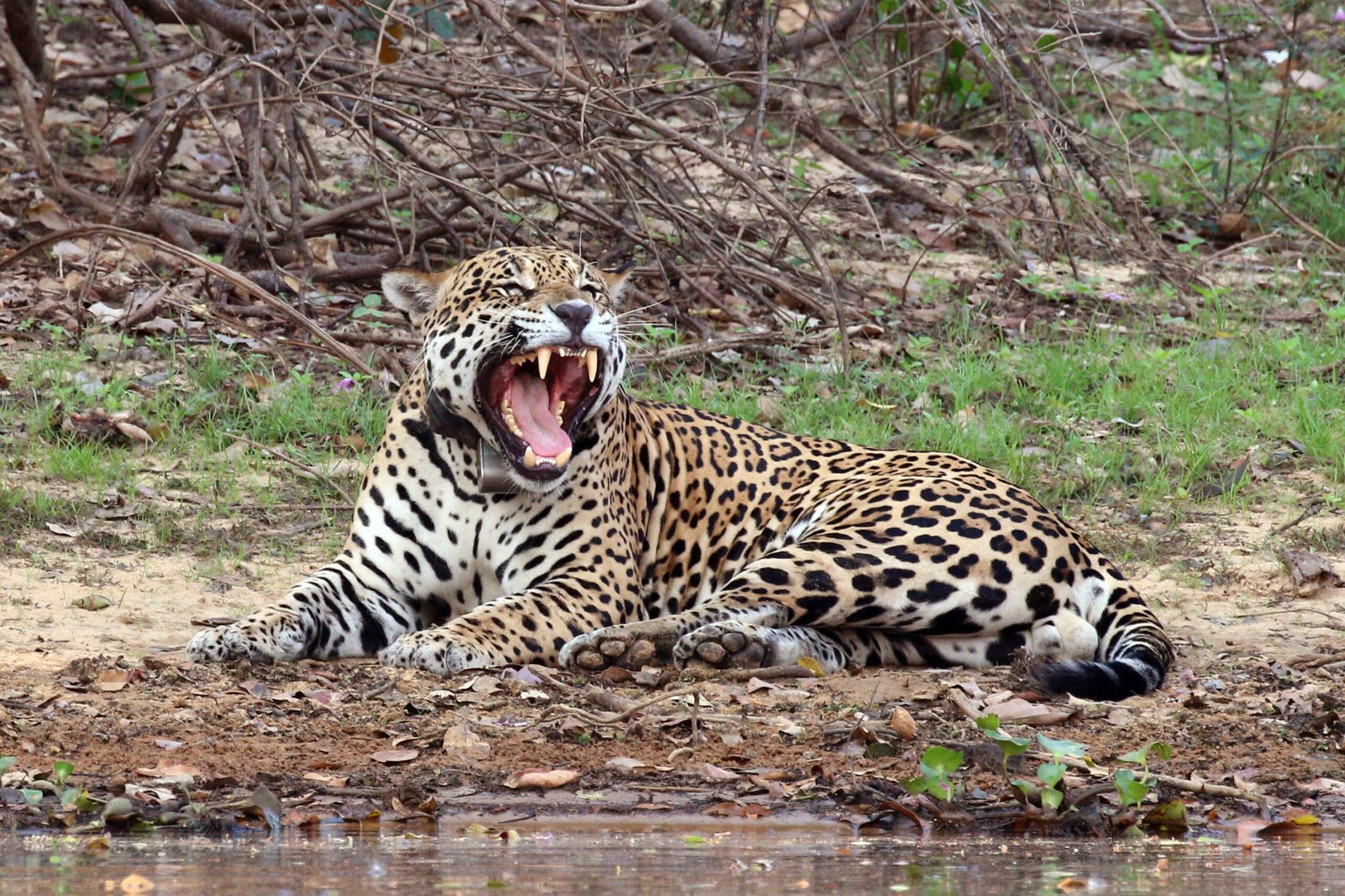
The dense, complex environments of Central and South America created unique evolutionary pressures that favored jaguars with stronger bites. Unlike the open savannas where lions hunt in coordinated groups, or the territories where tigers can rely on size advantage, jaguars needed to be efficient solo hunters in environments where prey could quickly disappear into thick vegetation or water.
Since a jaguar’s bite is strong enough to pierce bony structures, they don’t have to draw things out so long, and will aim for an animal’s spine or skull, killing or at least incapacitating their target immediately. Speed counts for a lot, since a single, debilitating strike allows a jaguar to end what would otherwise be a dangerous match-up with their potential-meals. This evolutionary pressure for quick, decisive kills in challenging environments directly drove the development of their crushing bite force.
Modern Hunting Success and Prey Specialization

Today’s jaguars put their evolutionary advantages to work across an incredibly diverse menu of prey species. More than 85 species have been recorded in the jaguar’s diet, including deer, javelina, desert bighorn sheep, birds, monkeys, turtles, snakes, and fish. This dietary flexibility, enabled by their powerful bite, has allowed jaguars to thrive in environments from rainforests to wetlands to scrubland.
Jaguars are opportunistic hunters and can prey upon almost anything they come across. Capybaras, deer, tortoises, iguanas, armadillos, fish, birds and monkeys are just some of the prey that jaguars eat. They can even tackle South America’s largest animal, the tapir, and huge predators like caiman. The ability to take down such varied and challenging prey – from armored reptiles to massive mammals – showcases how their bite force evolution has created the ultimate generalist predator.
The Price of Power and Modern Challenges

While the jaguar’s incredible bite force has been a tremendous evolutionary advantage, it comes with trade-offs that affect their survival in the modern world. The muscular build and robust skull necessary for their crushing power makes jaguars more compact and stockier than other big cats, which can limit their speed and agility compared to their leaner cousins.
Climate change presents new challenges that may affect the efficacy of the jaguar’s specialized hunting technique. As temperatures rise and rainfall patterns shift across Central and South America, many aquatic and semi-aquatic prey species face population pressures. Droughts can reduce water levels in rivers and wetlands, potentially limiting access to caimans, capybaras, and other prey that jaguars have evolved to hunt with their skull-crushing bite. These environmental changes could undermine millions of years of specialized evolution.
The jaguar’s remarkable bite force represents one of evolution’s most impressive examples of specialized predatory adaptation. Through millions of years of environmental pressure, anatomical refinement, and ecological specialization, these magnificent cats developed crushing power that exceeds all other felines relative to their size. Their unique skull-crushing hunting method, robust muscular architecture, and ability to take down heavily armored prey showcase how evolution can create truly extraordinary predators. Yet as their world continues to change, the very specializations that made jaguars so successful may also make them vulnerable, reminding us that evolution is an ongoing story where the most powerful bite in the cat kingdom must continue to adapt or risk becoming just another chapter in natural history.

Hi, I’m Andrew, and I come from India. Experienced content specialist with a passion for writing. My forte includes health and wellness, Travel, Animals, and Nature. A nature nomad, I am obsessed with mountains and love high-altitude trekking. I have been on several Himalayan treks in India including the Everest Base Camp in Nepal, a profound experience.

